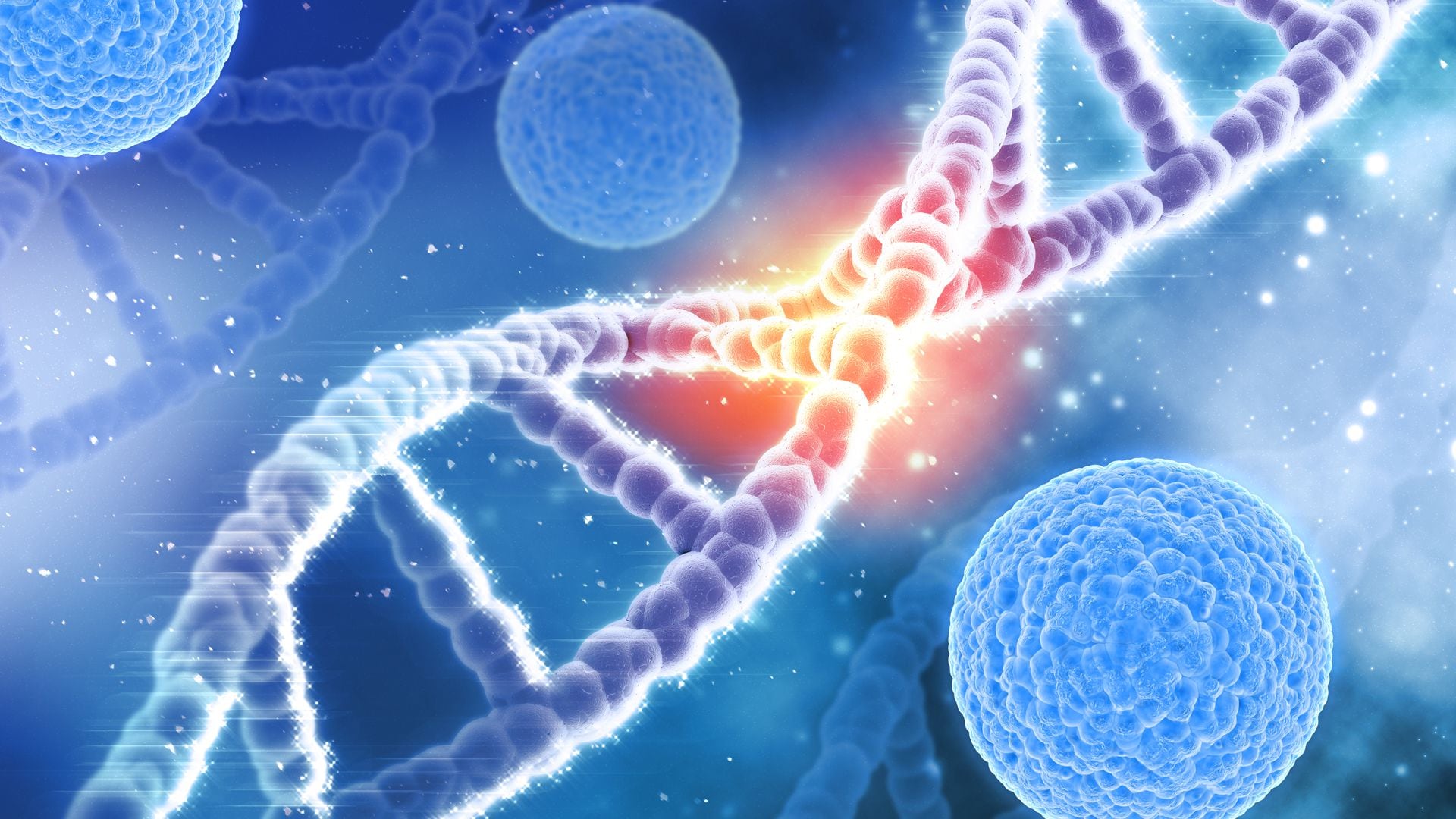
The changes that aging produces in the human body are closely linked to the development of diseases responsible for deaths in the world. Therefore, if we age slower, we will have more years to live. The prospect of medical therapies that slow the aging process has become a little closer after scientists safely rejuvenated tissues in middle-aged mice.
Researchers at the Salk Institute in San Diego, USA, treated healthy animals with a form of gene therapy that refreshed older cells, making animals younger according to the biological markers used to measure the effects of aging. The results were published last week in the specialized journal Nature Aging.
Repeating the process in humans is far away for now and is not an easy task, but the findings will spur interest in new therapies that aim to delay or reverse the aging process as a means of addressing age-related diseases such as cancer, brittle bones and the Alzheimer
Children born in 2070 could live to be 150 years old thanks to advances in aging technology, say leading experts. Not only could this double the current global average life expectancy, but it could also reduce the length of time people live with age-related health problems.
What was once thought of as a distant fantasy is now approaching reality after a scientific study managed to safely reverse the aging process in elderly mice. Scientists are now predicting that technology could be ready for humans in a few decades.

Dr. Andrew Steele, a computational biologist and author of Ageless: The New Science of Getting Older Without Getting Old, said human trials would soon be on the horizon. “I would be a fool if I bet against it working in the next 50 years,” he said.
Professor Jürg Bähler, a geneticist at the University College of London (UCL), said that this technology could help increase life expectancy by up to a century and a half at most. “Some people, including me, would say that there is a natural roof for human life, about 150 years, and you can't go any further,” he said.
Life expectancy for men and women globally stands at 69.8 and 74.2 years, according to data from the World Health Organization published in 2019. In developed countries, statistics are more auspicious, as an example, life expectancy for those born in the United Kingdom is 79 years for men and 82.9 years for women.
The experts' comments come a few weeks after a team of scientists from the Salk Institute in San Diego, USA , reversed the aging process in middle-aged and elderly mice using a technique of cellular “rejuvenation”.
The scientists drew on previous work by the Japanese Nobel laureate Professor Shinya Yamanaka, who demonstrated that a mixture of four molecules, known as Yamanaka factors, can “rewind” adult cells into young stem cells that are capable of forming almost any tissue in the body .

They were able to partially restore mouse cells to “more juvenile states”, using four molecules known as Yamanaka transcription factors. Some previous cell rejuvenation experiments resulted in mice developing cancer or organ failure, but this did not happen in the last experiment.
Experiments showed that rejuvenation was most effective when therapy was administered for a prolonged period, from seven to 10 months, from 12 to 15 months of age of the animals, equivalent to the age of 35 to 50 years in humans. When older animals, equivalent to 80 years in human terms, were treated for a month, scientists saw little impact.
Previous experiments with Yamanaka factors had counteracted the signs of aging and increased life expectancy in mice raised with a disease of premature aging, however, the last study was the first to test it in normal mice.
Yamanaka factors essentially reset the molecular clock within animal cells, returning them to a younger, more adaptable state. After injecting these molecules into mice of various ages, the organs and skin of the animals showed signs of rejuvenation.
Researchers are cautious about the use of Yamanaka factors in humans because previous work has shown that completely reprogrammed cells can become clusters of cancerous tissue called teratomas.
Dr. Steele said, “I don't think it's strange to see reprogramming for rejuvenation in humans in the next 10, 15, 20 years.” He explained that this could take a form similar to gene therapy, which involves altering a person's genes by infecting them with a harmless virus that has been genetically engineered to replace or disable a defective gene. “We're already using gene therapy in humans,” Steele said.
Some skeptics of increased longevity further argue that it could lead to overpopulation or that access would be limited to the high-income population and cause greater social division.
KEEP READING:
Últimas Noticias
Debanhi Escobar: they secured the motel where she was found lifeless in a cistern
Members of the Specialized Prosecutor's Office in Nuevo León secured the Nueva Castilla Motel as part of the investigations into the case

The oldest person in the world died at the age of 119
Kane Tanaka lived in Japan. She was born six months earlier than George Orwell, the same year that the Wright brothers first flew, and Marie Curie became the first woman to win a Nobel Prize

Macabre find in CDMX: they left a body bagged and tied in a taxi
The body was left in the back seats of the car. It was covered with black bags and tied with industrial tape
The eagles of America will face Manchester City in a duel of legends. Here are the details
The top Mexican football champion will play a match with Pep Guardiola's squad in the Lone Star Cup

Why is it good to bring dogs out to know the world when they are puppies
A so-called protection against the spread of diseases threatens the integral development of dogs



